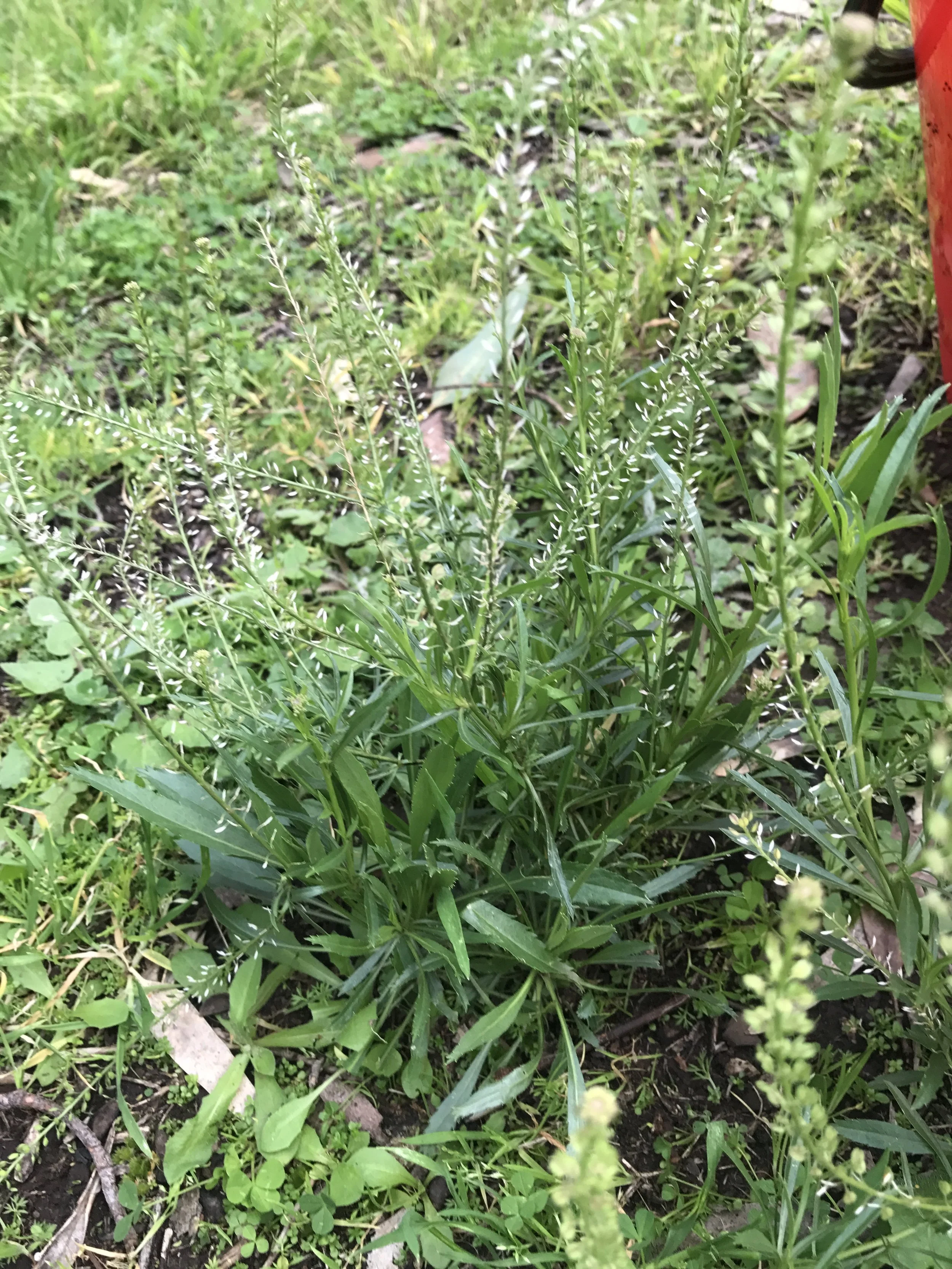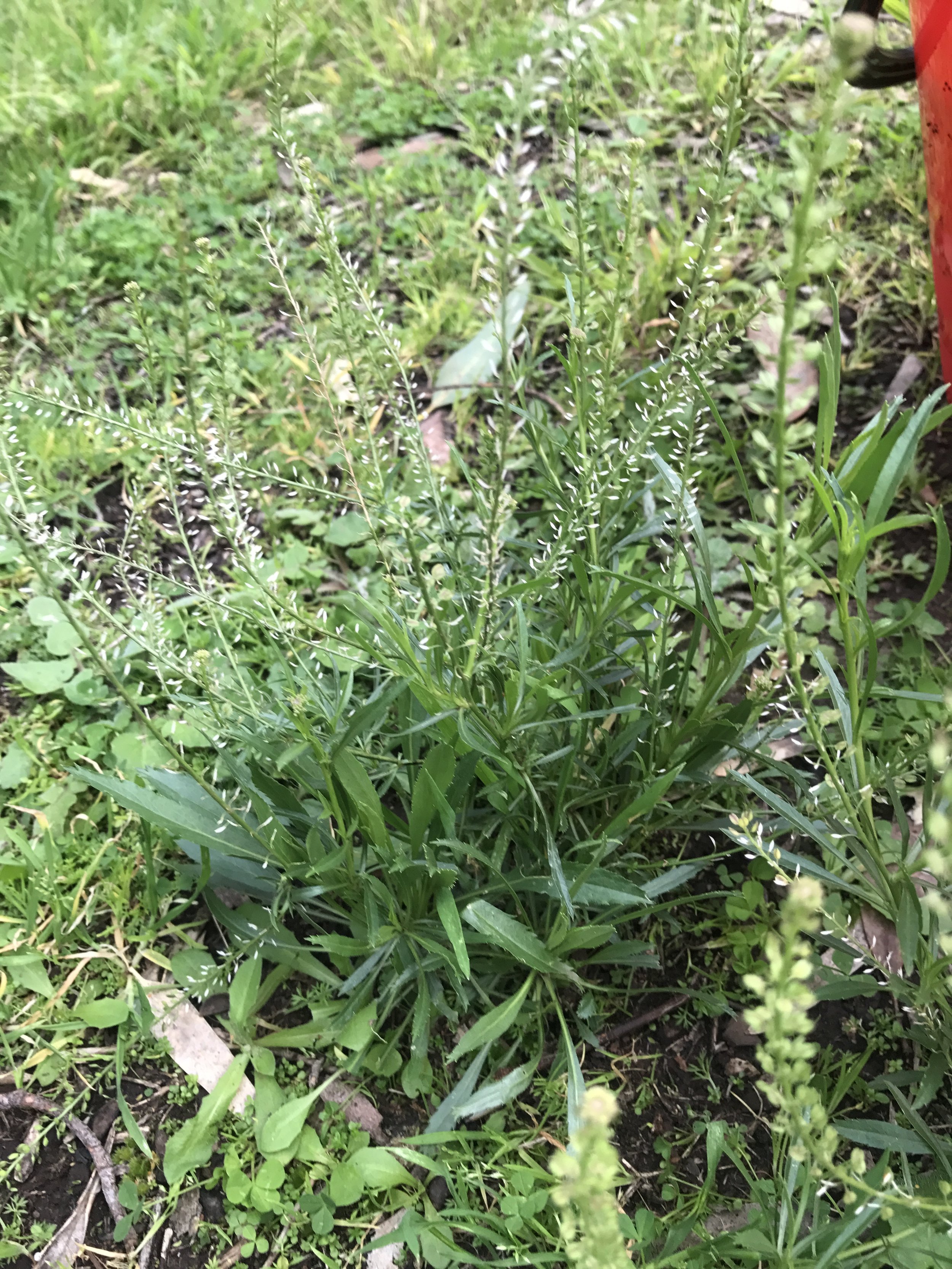Peppercress
Peppercress
Botanical Name: Lepidium africanum
Common Names: Common Peppercress, Rubble Peppercress, Field Cress, Pepper Grass
Description:
Peppercress is a tap-rooted erect growing annual/perrenial plant that can grow to a height of around 75cm, The plant is scruffy looking in its appearance with the seedheads rising well above the plant.
The stem of the peppercress is erect and quite wiry with many branches coming off the main stem. The stem is hairless though as the plant ages the lower part of the stem becomes woody.
As the plant geminates the first leaves form a very short lived rosette. As the plant grows the leaves become lance like alternating along the stem and branches. The leaves can be slightly hairy and ranging in size up to 7cm long but only 0.5cm wide.
The flower stem (raceme)can be up to 15cm long with many tiny flowers attached frequently crowding at the very top. The flowers have four white petals that are less than 0.5cm in size, although on occasions these can be missing.
Each seedpod carries two seeds, the pods themselves are held at right angles to the stem and are about 0.2cm long and 0.1cm wide. The pods are egg shaped with a notch at the very tip.
The seeds are egg shaped, reddish brown in colour and around 0.15cm long and 0.1cm wide.
Edibility:
Peppercress is like its name suggests is quite peppery. It makes a great addition to salads and can also be added to soups, stew and is also very good stir-fried.
Medicinal uses:
This plant is still used by some tribes in Africa today to treat coughs, bronchitis and to ease sore throats. The seeds can also be used to treat stomach ulcers. It has also been used to treat sprains.



